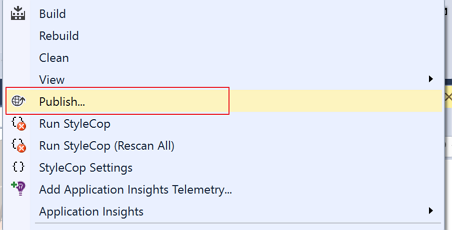
WebHook your WebJob – With Visual Studio Team Services integration example
WebHooks, also known as ‘HTTP(S) call backs’ are becoming very popular for reporting asynchronous events to trigger business workflows. The latest release of Microsoft Azure WebJobs can now be triggered using WebHooks. In this post I will cover the configuration of a WebJob to use a WebHook as a trigger using a sample scenario of integrating a WebJob with Visual Studio Team Services (VSTS) to explain the workflow.
Support for WebHooks is packaged as an extension to WebJobs and is currently in a pre-release state.… [Keep reading] “WebHook your WebJob – With Visual Studio Team Services integration example”


